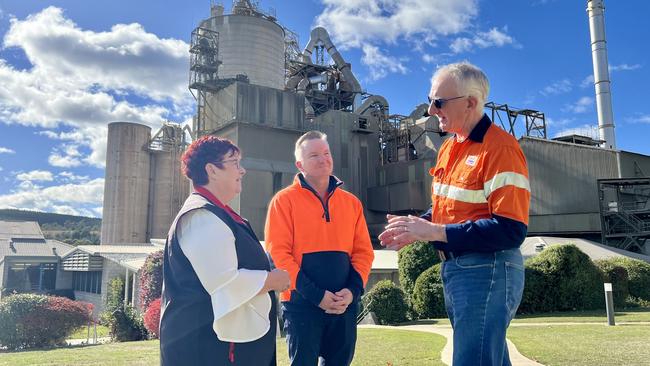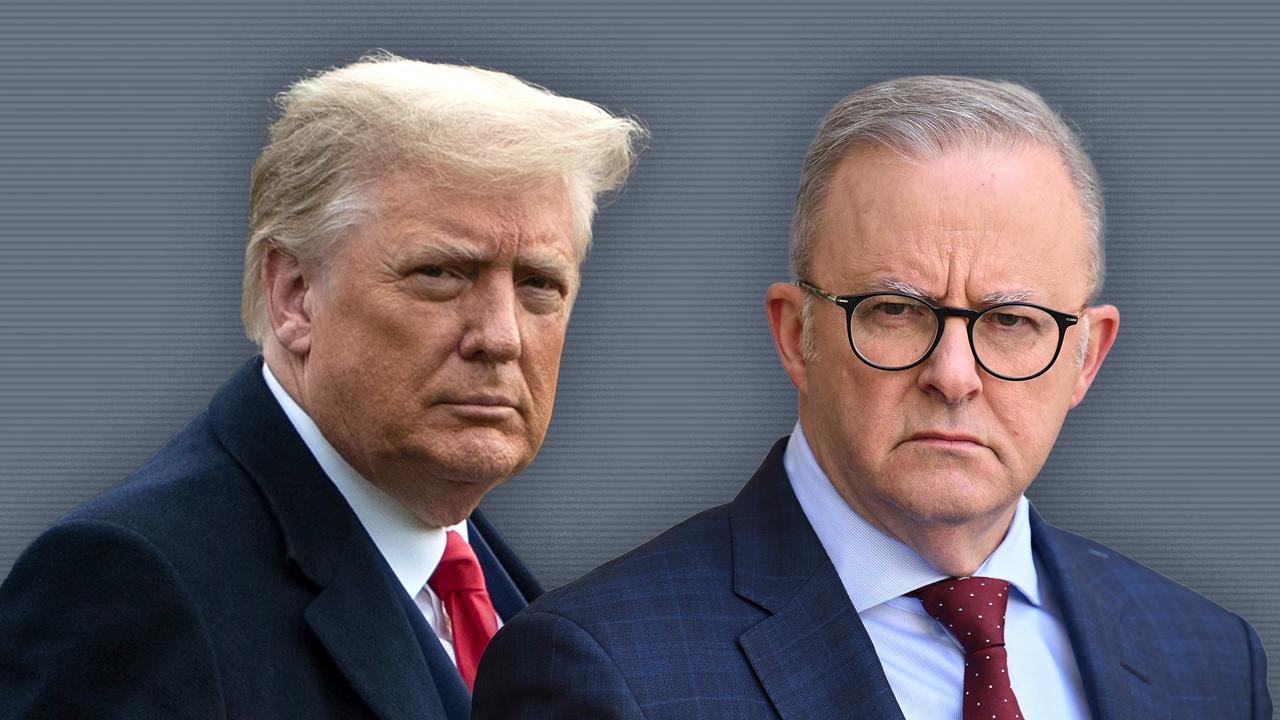
The World Wildlife Fund hasn’t said how much money it received from Mike Cannon-Brookes last year, but it does acknowledge the tech billionaire’s charity, Boundless Earth, as a significant donor in its annual report.
We can safely assume the check was big enough since Boundless Earth gave away $17.7m last year from the $30.4m it received in revenue.
If WWF had accepted money from a mining billionaire, fossil fuel company or tobacco manufacturer, the woke media would have been on to it in a flash. Different rules apply to the renewable energy industry, however, since it is considered saintly and beyond reproach.

Billionaires who scatter philanthropic love around are admirable people. But the line between Cannon-Brookes’s business interests and his charitable donations seems hazy, to put it mildly. He is the lead investor in a project to build the world’s biggest solar farm in northern Australia. He has a substantial stake in solar start-up SunDrive, which the Albanese government recently kicked along with a lazy $1bn. Like every major environmental charity in Australia, the WWF is a staunch advocate of renewable energy and opposes lifting the nuclear ban. Coincidence? Perhaps not.
Australian registered environmental charities receive hundreds of millions in revenue each year. This tax-advantaged honey pot is fuelling the rapid expansion of ecological activism and lawfare, making it nearly impossible to open a new coalmine or drill for gas. As for nuclear, forget it. The significant environmental players are resolutely opposed to lifting the ban on nuclear power and some, like the Australian Conservation Foundation, want to shut down uranium mining.

Their anti-nuclear stance has become overtly political. It will be a major item on the agenda in the next federal election. Yet since the Australian Electoral Commission doesn’t classify environmental charities as associated political entities they are not obliged to name their donors.
So we are left with only the vaguest impression of who is bankrolling the anti-nuclear cause by channelling funds through charities such as the ACF, which spent $1.6m on what it calls “community organising” and another $3.7m on “community mobilising, media and engagement” last year. There are no prizes for guessing what they’re organising, mobilising and engaging about.
“Dirty and dangerous fuels like uranium, coal, oil and gas have no place in Australia’s energy mix,” ACF declares on its website. “Our energy future is sun- and wind-powered.” Its loyalty to the renewable energy industry has been tested by the destruction of vast areas of native habitat to build land-hungry wind and solar plants. The cumulative loss of koala habit is vast, and the threat the turbine blades pose to birds is real. But, almost without exception, the environmentalists have kept mum.
The links to overseas funding bodies invite further questions. Where is this money coming from, and what is expected in return? Are the donors altruistic, soft-headed koala huggers, or is the money filtering down from hostile nations that wish to sabotage Australia’s economy? There is simply no way of telling.

WWF received funds last year from the European Climate Foundation, one of Europe’s biggest bankrollers of climate activism. Other organisations, such as the Queensland Conservation Council, receive money from the Sunrise Foundation, which originated in the US and is now registered as a charity in Australia. Sunrise Australia’s income last year was an astounding $73.8m. The source of those funds is a mystery.
Either way, it contributes to a pool of capital disbursed in grants to local or specialist groups. Some are astroturf organisations, organisations that appear to be a grassroots movement but are created by a corporation, political organisation or other entity.
The activity of a group called Environmental Leadership Australia illustrates how this works. ELA, a registered charity based in Paddington, NSW, reported an income of $4.2m last year and handed out $1.5m in grants and donations. ELA has spawned a host of other charities, including Farmers for Climate Action, Veterinarians for Climate Action and Bushfire Survivors for Climate Action.
ELA presents itself as a conservative environmental group that seeks to influence Liberal and National MPs. It is led by Anna Rose, who last year flew seven Coalition MPs to Dubai for COP28. They were federal shadow minister Paul Fletcher, Senator Maria Kovacic, NSW shadow ministers Matt Kean and Kellie Sloane, NSW upper house member Jacqui Munro, and Queensland shadow ministers Sam O’Connor and Steve Minnikin.
Rose was described by the Sydney Morning Herald as “one-half of an activist power couple”. Her other half, incidentally, is Simon Sheikh, who ran GetUp! from 2008 to 2012.
Anyone who doubts the renewable sector’s power to influence political outcomes should check out the funding declarations of the six teal independent MPs elected in 2022. They received $10.2m of donations, including $4.5m from fundraising body Climate 200, a declared associated entity. Climate 200 received $1.1m from Cannon-Brookes through Boundless Earth, $1.5m from his Atlassian co-founder Scott Farquhar and $200,000 from Simon Holmes a Court. Opinion polling shows that support for nuclear power is growing. Outright opposition to lifting the moratorium has fallen to the low 30s. Energy Minister Chris Bowen’s defence of the indefensible has become increasingly shrill, while Anthony Albanese’s promise of an annual $275 cut in electricity bills has all but destroyed his credibility on energy policy.

Yet the renewable industry investors need Albanese to win. Lifting the ban on nuclear would send their portfolios into meltdown. Wind and solar generators would no longer be protected from competition from a form of technology that is not only carbon-free but actually works.
That is why the industry is stockpiling a war chest to fight Albanese’s election for him. The environmental movement is a mercenary force that stands ready to fight, unconstrained by disclosure rules that tie the hands of political parties.
The sophisticated electoral databases targeting social media messages and community organisations, which made Climate 200’s teal campaign so ruthlessly effective, are primed and ready to go. There can be no doubt they will throw everything into this contest. Their goal is to amplify nuclear power into the number one issue in the election, hoping it will kill off any chance of nuclear power in Australia for a generation.
The reward for Peter Dutton’s courage in breaking the nuclear taboo is a fight not just against Labor but against a vested-interest group that is better resourced and more sophisticated than any we have seen before.






